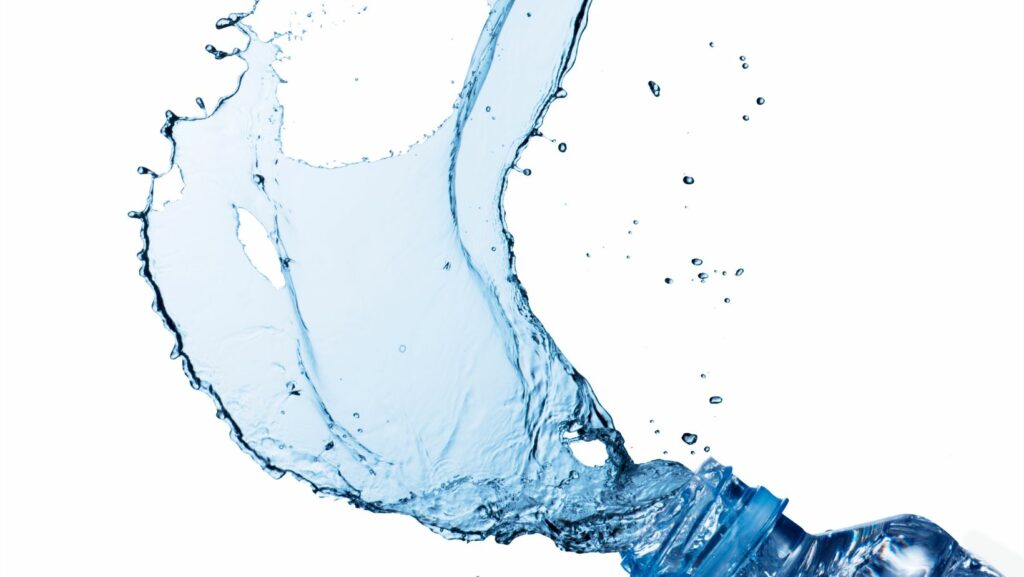In 2011, the Fukushima Daiichi nuclear disaster shook the world, leaving a lasting impact on both Japan and the global community. The meltdown released significant amounts of radioactive material into the environment, raising concerns about its long-term effects on marine life and human health.
The Reality of Fukushima Nuclear Radiation
The Fukushima nuclear disaster released significant radioactive material. Ongoing monitoring helps understand its spread and impact.
What Happened at Fukushima?

On March 11, 2011, a 9.0 magnitude earthquake struck off the coast of Japan, triggering a massive tsunami. The tsunami severely damaged the Fukushima Daiichi Nuclear Power Plant, leading to reactor meltdowns and hydrogen explosions. This event released large amounts of radioactive isotopes such as iodine-131, cesium-137, and strontium-90 into the environment. The immediate area and parts of the Pacific Ocean experienced contamination. Authorities evacuated residents within a 20 km radius, and the long-term effects are still under study.
Myths vs. Facts
Myth: Radiation from Fukushima has made Pacific Ocean fish unsafe to eat.
Fact: Studies, including those by the Environmental Protection Agency (EPA), indicate that the radiation levels in commercially-caught Pacific fish are well below levels that would pose a health risk.
Myth: The West Coast of the United States faces high radiation levels due to Fukushima.
Fact: Monitoring stations along the U.S. West Coast report radiation levels that remain within safe, normal ranges, significantly lower than those found in the immediate vicinity of Fukushima.
Myth: All Pacific Ocean water is now radioactive.
Fact: The radioactive plume from Fukushima has diluted significantly as it traveled across the Pacific Ocean. Scientists from the International Atomic Energy Agency (IAEA) confirm that current radiation levels in vast parts of the Pacific Ocean are near pre-accident levels and pose no significant risk to marine life or humans.
Key Elements of Oceanic Radiation Spread
Understanding how radiation travels through the ocean is crucial for assessing its environmental impact. This section examines the movement of radioactive materials and their effects on marine ecosystems and currents.
How Radiation Moves in Water

Radioactive isotopes spread through water primarily by diffusion and advection. In diffusion, particles move from high concentration areas to low concentration ones. Advection involves the transport of substances by the water’s flow itself. Elements like Cesium-137 and Iodine-131, released from Fukushima, dissolve and disperse, mixing with ocean water. Studies by the Woods Hole Oceanographic Institution reveal that these isotopes can travel vast distances, influenced by changing sea conditions and water temperature.
Currents and Marine Life Impact
Ocean currents play a significant role in transporting radioactive materials. The Kuroshio Current, flowing from Japan to the Pacific, acts as a conduit for radiation. Over time, particles can reach North American coasts, as observed in monitoring studies. These currents also affect marine ecosystems, with plankton, fish, and larger predators potentially accumulating radioactive substances.
Marine life exposure varies based on species and habitat. Coastal species might encounter higher concentrations, whereas deep-sea organisms may face diluted exposure. Research indicates that bioaccumulation presents significant risks to the food chain, affecting all trophic levels from plankton to apex predators.
The Effects on Marine Biology and Ecosystems

Radioactive contamination from the Fukushima disaster has measurable effects on marine biology and ecosystems. Various studies show increased radiation levels in marine organisms, impacting their health and reproductive capabilities. For example, Pacific bluefin tuna caught off the coast of California in 2012 displayed trace amounts of Fukushima-derived Cesium-134.
Species diversity in affected regions sees significant changes. Species such as the sea urchin, which absorb radioactive isotopes through their feeding habits, experience higher mortality rates and decreased reproductive success. These disruptions cascade through the food chain, affecting predator-prey dynamics and ecosystem stability.
Plankton, the base of the marine food web, also show signs of contamination. Radioactive particles, when consumed by plankton, bioaccumulate as they move up the food chain. This bioaccumulation can lead to higher radiation doses in larger predators like sharks and whales.
Coral reefs, which serve as critical habitats, suffer from the effects of radiation as well. Studies report reductions in coral growth rates and skeletal deformities in some regions. This degradation of coral health impacts the broader ecosystem, as many species rely on reefs for shelter and breeding grounds.


